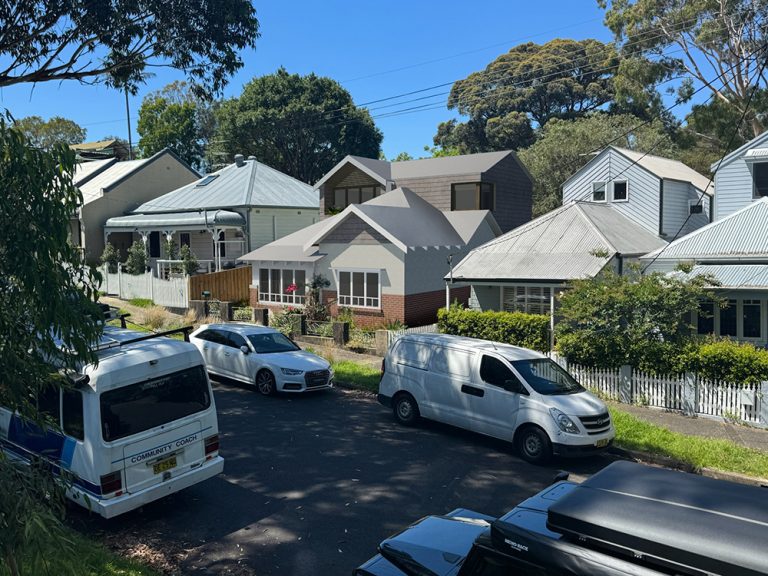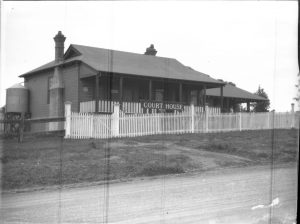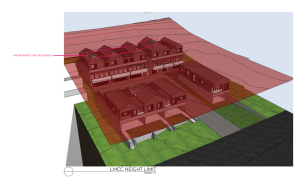When you own or plan to develop a property that is listed as a heritage item or within a heritage conservation area, you’ll likely come across the term Heritage Impact Statement, often shortened to HIS. This document is required for all development applications involving heritage listed properties or properties within heritage conservation area and sometimes is even required when you are simply near a item of heritage value.
So, what exactly is an HIS, and when do you need one?
What Is a Heritage Impact Statement?
A Heritage Impact Statement is a detailed report that assesses how proposed works or development might affect the heritage significance of a property or area.
It’s required to demonstrate to Council that your proposal has carefully considered the site’s heritage values and includes appropriate measures to minimise any adverse impacts. The heritage report may offer some recommendations to the design or materials.
A well crafted heritage report that follows the relevant heritage assessment guidelines can be the missing link to having a development approved.
Typically, a Heritage Impact Statement will include:
- A description of the site and its heritage significance including history of the site and area
- Details of the proposed works or development
- An assessment of potential impacts on heritage fabric and character
- Recommendations or design responses to reduce those impacts
The report is prepared by a qualified heritage consultant or town planner experienced in heritage assessment.
When Is an HIS Required?
You’ll need a Heritage Impact Statement when:
- The property is individually listed as a heritage item in the Local Environmental Plan (LEP)
- The property is located within a Heritage Conservation Area (HCA)
- The proposal has the potential to affect the setting or views of a nearby heritage item
For example, if you’re proposing a first-floor addition, a rear extension visible from the street, or even façade alterations to a property in an HCA — your Council will likely request an HIS before they can assess your DA.
How Long Does It Take and What Does It Cost?
At Town Planning Collective, we prepare concise, professional Heritage Impact Statements designed to meet Council requirements without unnecessary complexity.
A typical HIS can usually be completed within 1–2 weeks, depending on the project’s scale and available documentation. Costs vary depending on the scope of work, but we offer fixed, affordable pricing with no hidden extras.
How to Prepare for an HIS
To help streamline the process and keep costs down:
- Have your architectural or concept plans ready
- Gather any available information about your property (previous approvals, photos, etc.)
- Identify whether your site is heritage-listed or within a conservation area (we can assist if you’re unsure)
- Be prepared to make some changes to the design to comply with the heritage requirements. This can include simple things like changing colours or materials or larger changes such as roof style or positioning.
The more prepared you are, the smoother and quicker the assessment will be.
How We Can Help
At Town Planning Collective, we prepare Heritage Impact Statements for homeowners, architects and developers across NSW. We combine town planning and heritage expertise to ensure your report is compliant, practical, and supports your project’s success.
If your property is heritage-listed or within a Heritage Conservation Area, get in touch today for a fixed-price quote and fast turnaround.
























